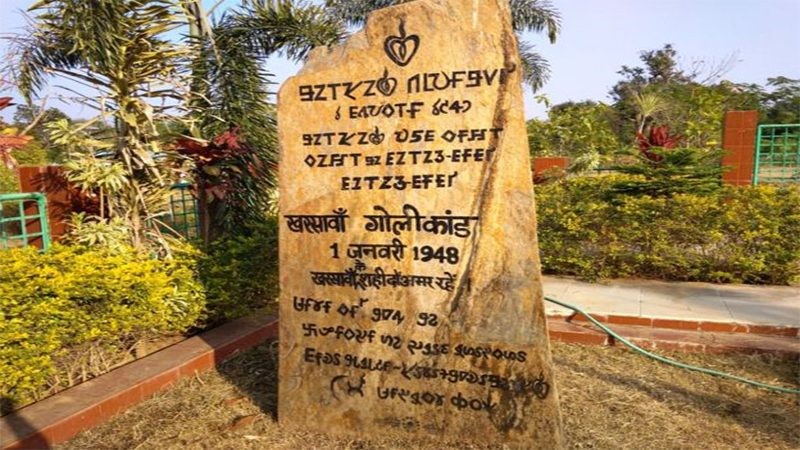Description

Disclaimer: Copyright infringement not intended.
Context
- The Kharsawan Massacre of 1948 bears striking resemblance to the tragic Jallianwala Bagh massacre of 1919, yet it remains a lesser-known tragedy in India's history.
- This event unfolded on January 1, 1948, in Kharsawan, Jharkhand, marked by a violent confrontation between Adivasis and authorities, reminiscent of the Jallianwala Bagh incident.
Details
Historical Context
- Demand for a Separate Adivasi State: Since the creation of the Bihar and Orissa Province in 1912, Adivasis sought recognition and autonomy due to distinct cultural grievances and dissatisfaction with British and non-tribal governance.
- Persistence of Demand: Despite official acknowledgment by the Simon Commission in 1930 and the formation of the Adivasi Mahasabha in 1938 led by Jaipal Singh Munda, their aspirations for a separate state remained unfulfilled.

Merger Dispute
- Kharsawan’s Fate: Kharsawan, a princely state, faced a decision between joining Orissa or Bihar after Independence. The majority of Adivasis opposed both options, striving for an independent Adivasi state.
- Protest Gathering: On January 1, 1948, amidst the weekly haat (market), a massive gathering of over 50,000 Adivasis assembled at Kharsawan to protest against the impending merger, eagerly awaiting Jaipal Munda's address.
Tragic Events
- Police Response: The sheer size of the gathering alarmed the Orissa military police controlling law and order. The tense atmosphere, amidst India's state integrations, led to heightened sensitivity.
- Violent Outbreak: Despite the absence of Jaipal Munda, the restless crowd faced police encirclement. Suddenly, the police opened fire on the unarmed assembly, resulting in numerous casualties and chaos.
- Inhumane Treatment: Survivors were denied aid, with reports of bodies disposed of in a well and the jungle. Many wounded suffered through the harsh winter without immediate medical assistance.
Aftermath
- Unclear Death Toll: Official records reported 35 casualties, while some estimates, like PK Deo's account, claimed around 2,000 Adivasis lost their lives, with numerous others injured.
- Lack of Accountability: Despite inquiries and committees, no clarity emerged on who ordered the massacre, drawing parallels to the anonymity of General Dyer in the Jallianwala Bagh massacre.
- Memorialization: A memorial now stands in Kharsawan, commemorating the victims. The site has become a symbol of political significance, visited by state leaders on New Year’s Day in remembrance.

Conclusion
The Kharsawan massacre remains a painful reminder of the tragic consequences of political decisions and the violence that engulfed innocent lives during India's post-independence period. The absence of definitive accountability and the variance in reported casualty numbers underscore the complexity and gravity of this harrowing event, deserving of remembrance and recognition for the lives lost in pursuit of self-determination and justice.
|
PRACTICE QUESTION
Q. Analyze the parallels drawn between the Kharsawan massacre and historical events such as the Jallianwala Bagh tragedy, emphasizing their implications on governance, accountability, and the quest for justice in post-colonial India. (250 Words)
|







